Slide Show - Understanding AML
Click here to take our SURVEY
Your feedback is important to us! We will use your feedback to develop future areas of content about AML which will help other patients, caregivers and families.
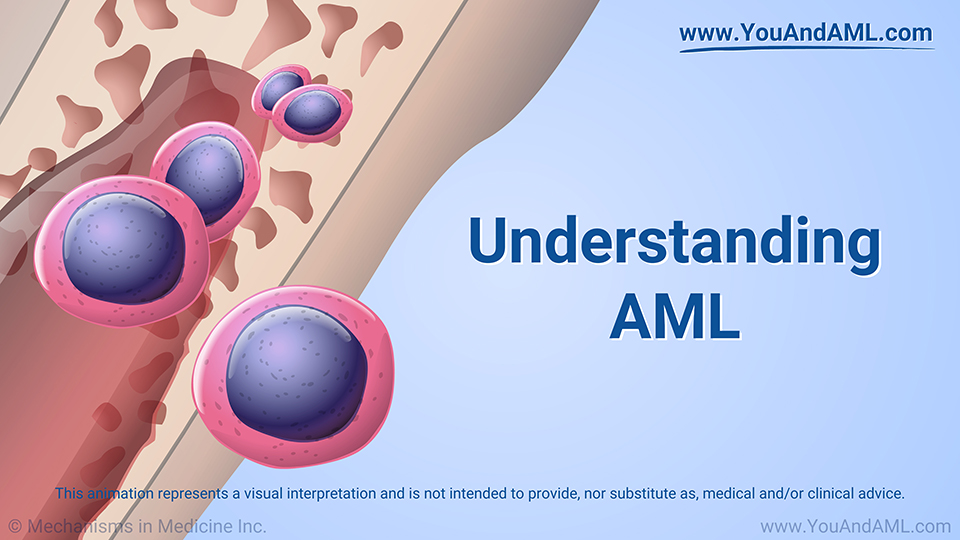
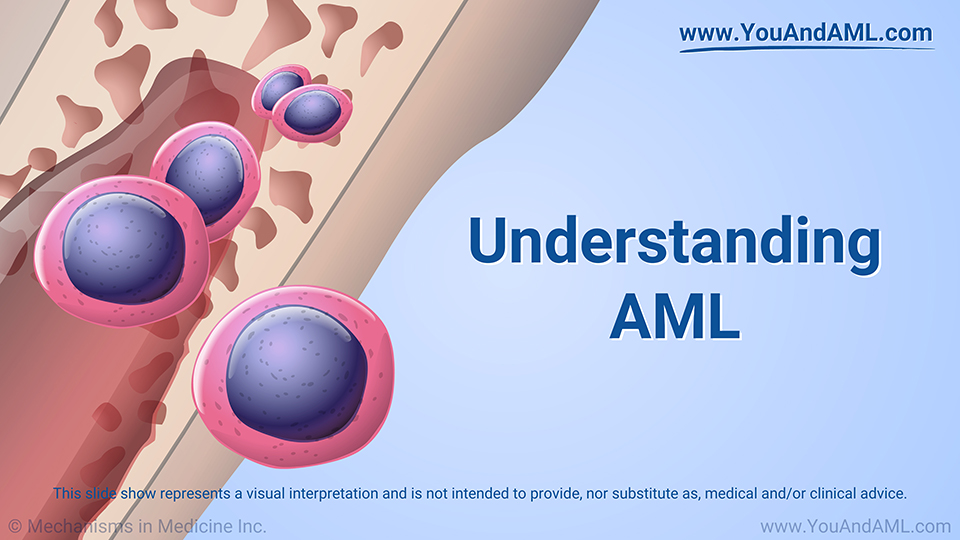
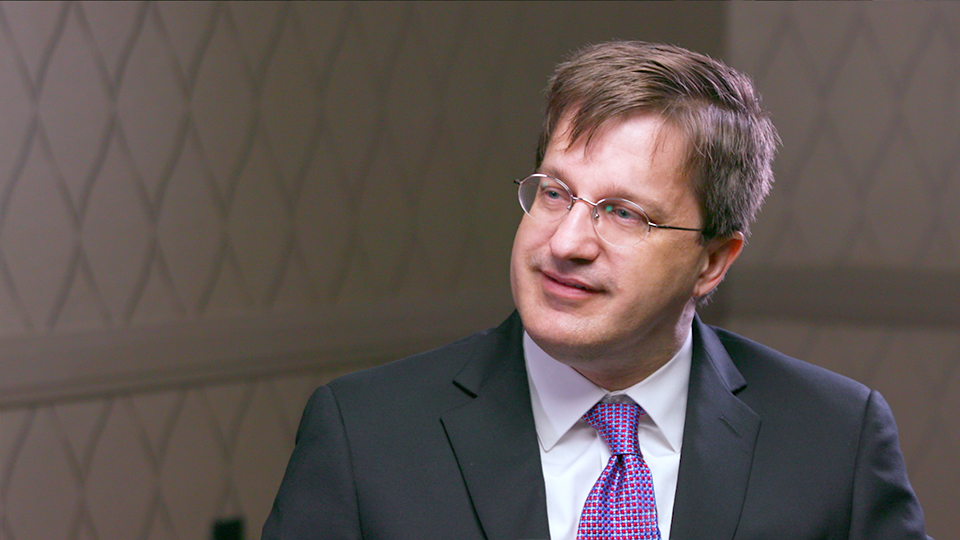
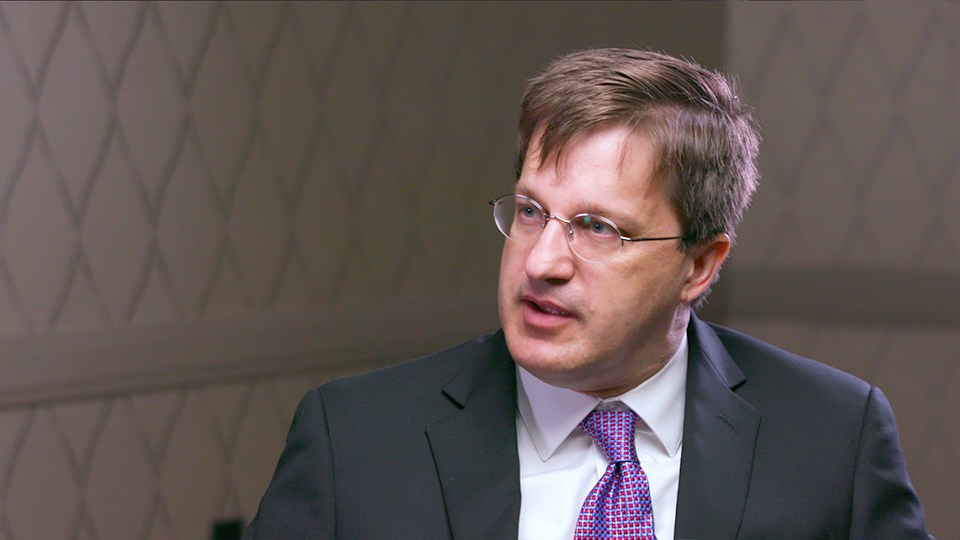
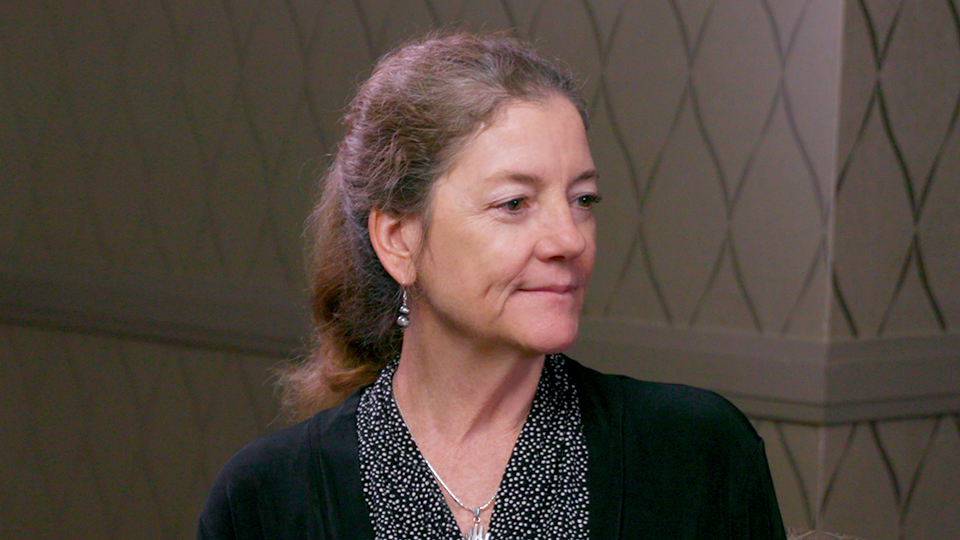
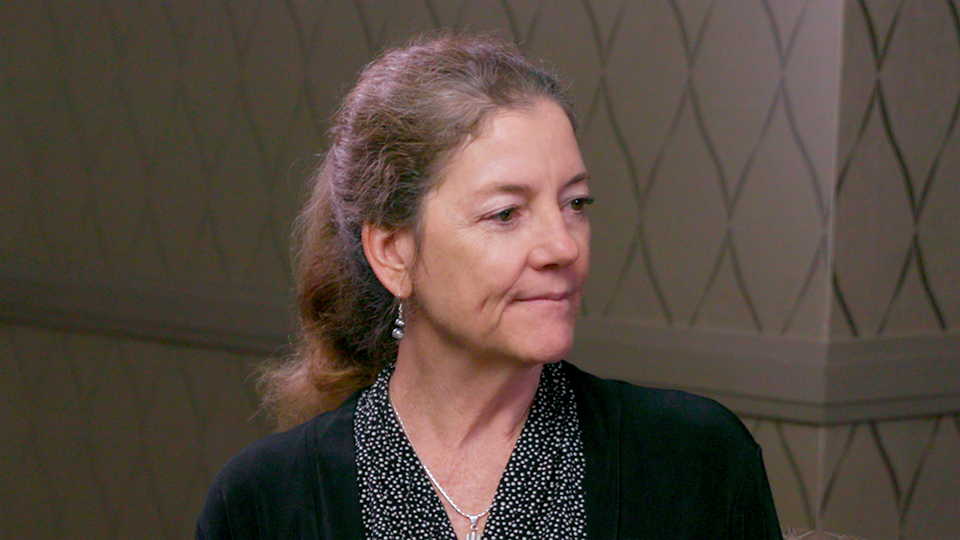

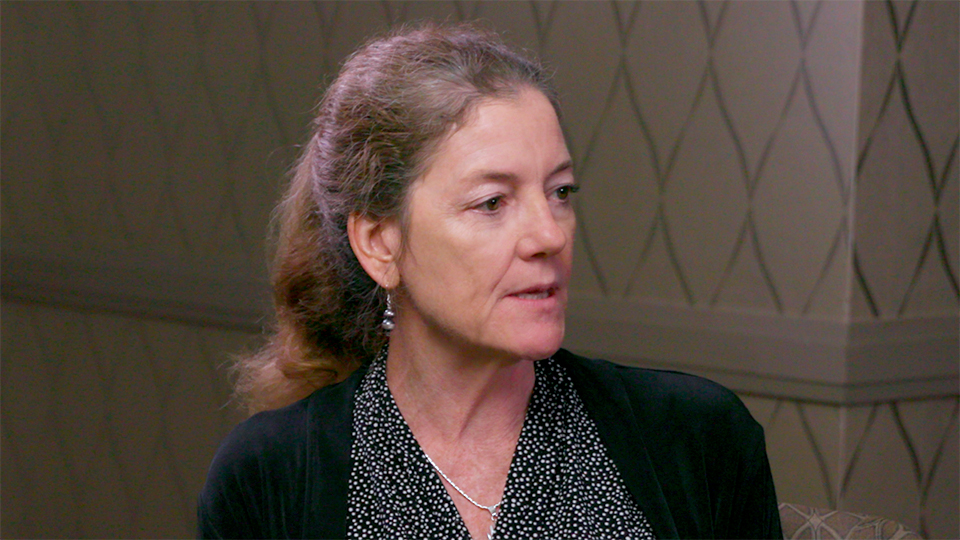
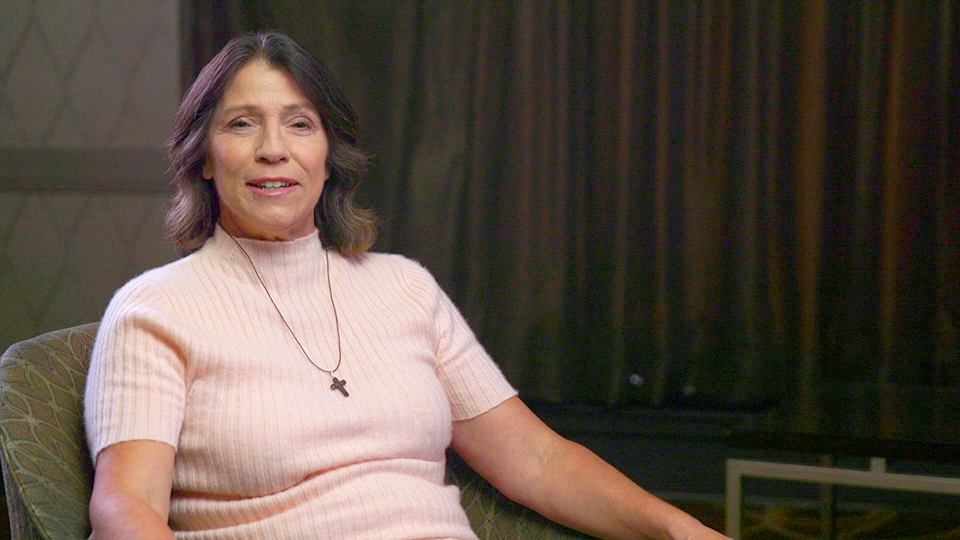
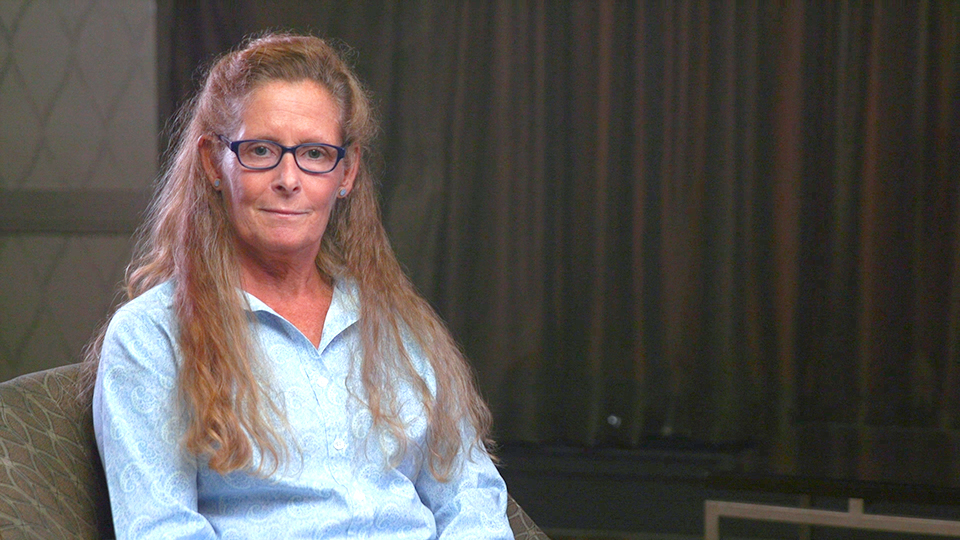
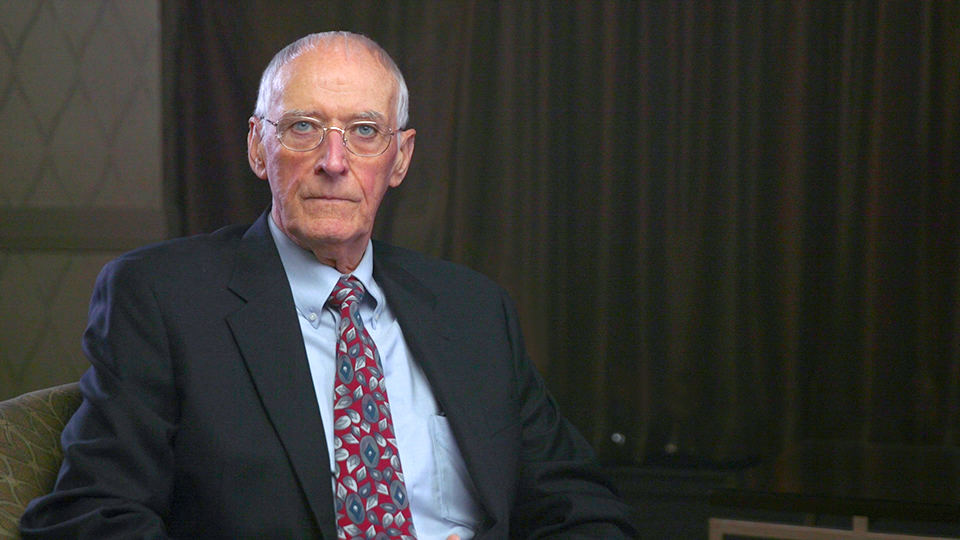
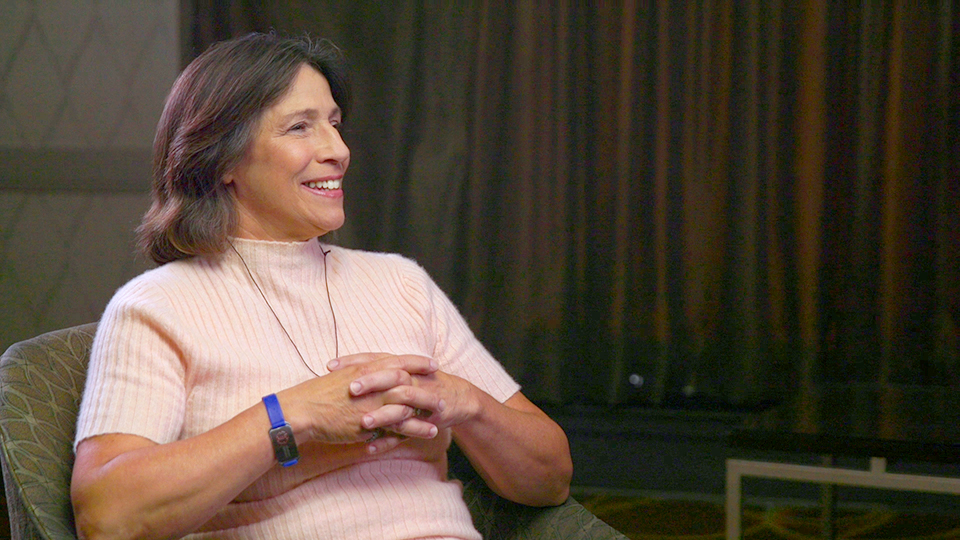

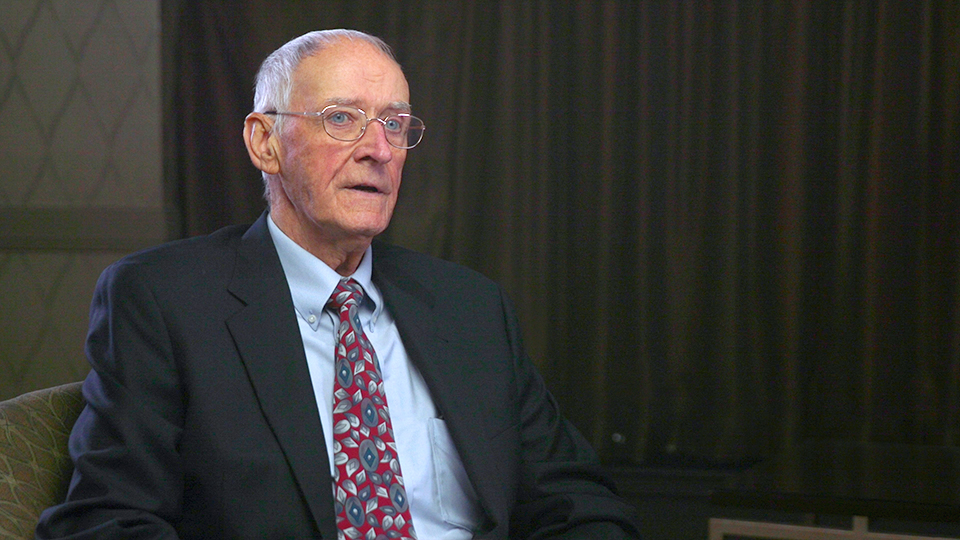
Understanding AML
*Please note: This slide show represents a visual interpretation and is not intended to provide, nor substitute as, medical and/or clinical advice.
What is AML?
Acute myeloid leukemia, or “AML,” is a cancer that starts in the bone marrow, the soft inner part of the bone where new blood cells are made.
“Acute” means that the cancer usually comes on quickly and gets worse quickly if it is not treated.
“Myeloid” refers to the type of abnormal white cells that build up in the bone marrow in AML. These abnormal cells are called “myeloblasts.” “Myelo” means “bone marrow” in Greek and “blast” means “immature sprout.”
“Leukemia” means that the cancer starts in blood-forming cells in the bone marrow. These cancer cells often spill out into the blood that circulates through the body.
How common is AML?
AML is the most common type of acute leukemia in adults. More than 20,000 new cases of AML occur in adults every year in the United States.
Children can also get AML. However, AML in children is a little bit different from AML in adults. In this animation, we will be focusing on AML in adults.
How does AML happen?
AML happens when a sick “seed cell” in the bone marrow, called a “stem cell”, fails to mature into a healthy blood cell. Instead, the abnormal stem cell gets stuck at an early stage of development called a myeloblast (“blast” for short).
How does AML happen? (Continued)
Having a few blasts in the marrow is normal. In healthy people, myeloblasts are rare – only 1 or 2 out of 100 cells in the marrow. In AML, these blast cells are increased – at least 20 out of every 100 cells in the marrow (greater than 20%).
How does AML happen? (Continued)
When abnormal blasts build up in the bone marrow, they crowd out healthy blood cells. As a result, levels of healthy white blood cells, red blood cells, and platelets are low. White blood cells help the body fight infection, red blood cells carry oxygen, and platelets prevent bleeding.
Blasts can spread to other parts of the body
Blasts can spread into the bloodstream and to other parts of the body, such as the skin, gums, and brain.
What causes AML?
AML, like other cancers, develops because of changes in genes. In most cases, these changes in genes are not present at birth or inherited. Instead, they are acquired during life, as a result of an accidental error when a stem cell is copying its DNA.
What causes AML? (Continued)
More than 50 different genes have been found to be abnormal in patients with AML. Most patients have between 3 and 6 different gene changes in the blast cells.
Understanding what genes are changed in AML helps doctors make treatment recommendations and predict the patient’s outlook.
What are the symptoms of AML?
When AML is in its early stages, most people have no symptoms. When symptoms appear, they often appear abruptly and can feel like the flu. Symptoms may include:
Who is at risk for AML?
AML can occur at any age, but older people are at the highest risk. The average age when people are first diagnosed with AML is around 65.
Others with a higher risk for AML include:
Other risk factors that put people at higher risk for AML
What is acute promyelocytic leukemia (APL or APML)?
Acute promyelocytic leukemia (commonly called APL or APML) is a distinctive subtype of AML. In APL, as in AML, the bone marrow makes too many immature cells that can’t develop into healthy white blood cells.
“Acute” means that these immature cells build up quickly in the bone marrow, crowding out healthy white and red blood cells and platelets.
“Promyelocytic” refers to the immature cells that don’t develop into healthy young white blood cells as they should.
What is APL? (Continued)
APL is caused by a mistake in the structure of two chromosomes. A piece of chromosome 15 breaks off and attaches itself to chromosome 17.
As a result, seed cells (or stem cells) get stuck at a stage of development called the promyelocyte stage (which is the next stage after myeloblasts). Then these cells start to grow uncontrollably.
What is APL? (Continued)
The symptoms of APL are similar to those of AML, but patients diagnosed with APL may also present with active bleeding, extensive bruising or new blood clots.
Who gets APL?
People with APL tend to be younger than people with other types of AML. The average age of people when they are first diagnosed with APL is 44.
APL has a better prognosis (or outlook) than AML, but there are increased risks of bleeding or clotting in the early phases of treatment.
Can AML be prevented?
Right now there is no sure way to prevent AML. However, quitting smoking, or not starting, may reduce the risk of getting AML.
There is no standard screening test for AML
There is no standard screening test for finding AML early – like a mammogram to check for breast cancer or a colonoscopy for colon cancer.
People at high risk for AML should get regular medical check-ups and should talk to their doctor about whether they should get a periodic complete blood count (CBC). That’s a basic blood test that’s used to help diagnose AML.
More questions about AML?
A hematologist is a doctor who specializes in treating blood diseases, including cancer. Many patients with AML are also treated by oncologists, who are doctors that treat other types of cancer. If you still have questions about AML, talk with a hematologist or oncologist who specializes in treating this type of blood cancer.
Click here to take our SURVEY
Your feedback is important to us! We will use your feedback to develop future areas of content about AML which will help other patients, caregivers and families.














This educational activity has been developed by the Myelodysplastic Syndromes Foundation, Inc. and Mechanisms in Medicine Inc.
This activity is supported by educational grants from AbbVie, Acceleron, Bristol-Myers Squibb, Celgene Corporation, Daiichi Sankyo, Jazz Pharmaceuticals and Takeda Oncology.
This website is part of the Animated Patient™ series developed by Mechanisms in Medicine Inc., to provide highly visual formats of learning for patients to improve their understanding, make informed decisions, and partner with their healthcare professionals for optimal outcomes.

